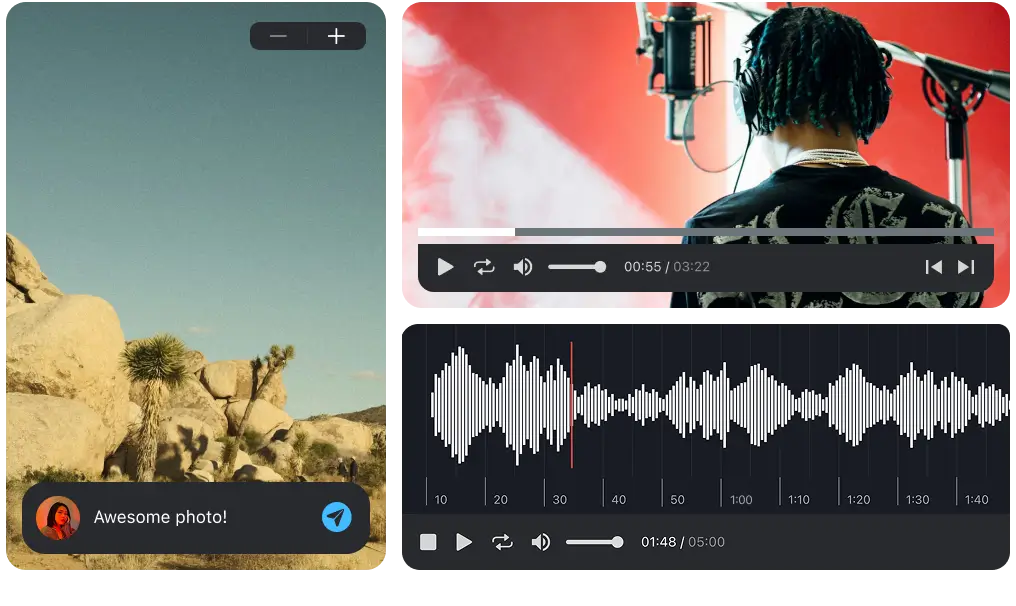What are FX?
FX, or effects, are the tools producers and engineers use to manipulate and enhance audio signals to create a desired sonic outcome. From subtle reverbs that give a vocal track a sense of space, to dramatic distortions that can transform a guitar riff into a roaring beast, FX are the secret ingredients that bring a mix to life.
FX can be broadly categorized into two types: time-based effects and dynamic effects. Time-based effects, such as reverb and delay, manipulate the time domain of an audio signal, while dynamic effects, such as compression and gating, manipulate the amplitude or volume of a signal. Both types of effects can be used in a variety of ways to achieve different results, depending on the creative vision of the producer or engineer.
Understanding time-based FX
Time-based effects are often used to create a sense of space or depth in a mix, or to add texture and interest to a sound. The most common types of time-based effects are reverb and delay.
Reverb, or reverberation, is the effect created when sound waves bounce off the surfaces of a room and create a series of echoes that gradually fade away. Reverb can make a vocal track sound as if it was recorded in a large cathedral, or a drum track sound as if it was recorded in a small, tight room.
Delay is another common type of time-based effect. It involves taking an audio signal and delaying it by a certain amount of time, then playing it back. This creates an echo effect, where the original sound is followed by one or more repetitions. Delay can be also used to create a sense of space, to add rhythmic interest, or to create complex, evolving soundscapes.
There are many types of delay effects, each with its own unique characteristics. For example, a tape delay effect simulates the sound of an old-fashioned tape echo machine, with its characteristic warm, analog sound and distinctive pitch modulation. A digital delay, on the other hand, provides a clean, precise echo effect with adjustable delay time and feedback controls.
Modulation effects are a type of time-based effect that involve varying the pitch, volume, or timing of a sound in a periodic way. Examples of modulation effects include chorus, flanger, and phaser. These effects can add richness and movement to a sound, making it more interesting and dynamic.
Chorus effects work by duplicating the input signal and slightly delaying and detuning the duplicates. This creates a thick, lush sound that can be used to enhance vocals, guitars, and other instruments. Flanger and phaser effects work in a similar way, but with different delay times and modulation patterns, resulting in different sonic characteristics.
Understanding dynamic FX
Dynamic effects are often used to control the dynamic range of a mix, to shape the tone of a sound, or to add punch and impact to a track. The most common types of dynamic effects are compression and gating.
Compression effects
Compression is an effect that reduces the dynamic range of an audio signal, making the quiet parts louder and the loud parts quieter. It can be used to make a vocal track more consistent in volume, to add sustain to a guitar track, or to tighten up a drum track.
Compression is a great tool in the arsenal of any music producer or audio engineer. By reducing the dynamic range of an audio signal, compression can make a mix sound more balanced and cohesive. It can also add punch and impact to a track, making it stand out in a mix.
There are many types of compression effects, each with its own unique characteristics. For example, a tube compressor simulates the sound of an old-fashioned tube amplifier, with its characteristic warm, smooth sound and distinctive harmonic distortion. A digital compressor, on the other hand, provides a clean, precise control over the dynamic range with adjustable threshold, ratio, attack, and release controls.
Gating effects
Gating is another common type of dynamic effect. It involves muting an audio signal when its volume falls below a certain threshold. This can be used to eliminate background noise, to tighten up a drum track, or to create rhythmic effects.
There are many types of gating effects, each with its own unique characteristics. For example, a noise gate is designed to eliminate background noise from an audio signal. A sidechain gate is triggered by an external audio signal, allowing for complex rhythmic effects and creative sound design possibilities.
Using FX in music production
FX are an integral part of the music production process. They allow producers and engineers to shape and manipulate sounds in a myriad of ways, creating unique sonic landscapes that can enhance a song and bring a mix to life. However, using FX effectively requires a deep understanding of how they work and a keen ear for detail.
When using FX, it's important to keep in mind the overall context of the mix. Each effect should serve a purpose and contribute to the overall sound and feel of the track. It's also important to use FX sparingly and tastefully. Overusing effects can make a mix sound cluttered and unfocused, while underusing effects can make a mix sound flat and lifeless.
Easier, faster way to collaborate in real-time, collect feedback, manage reviews, share, and finish your projects effortlessly.








